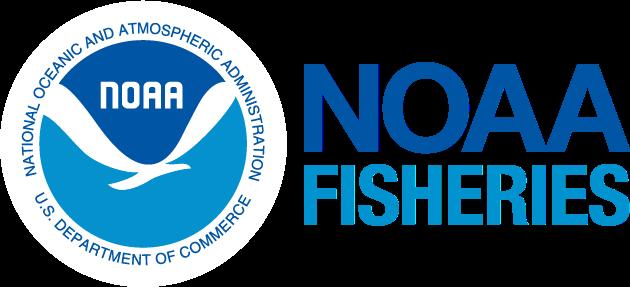
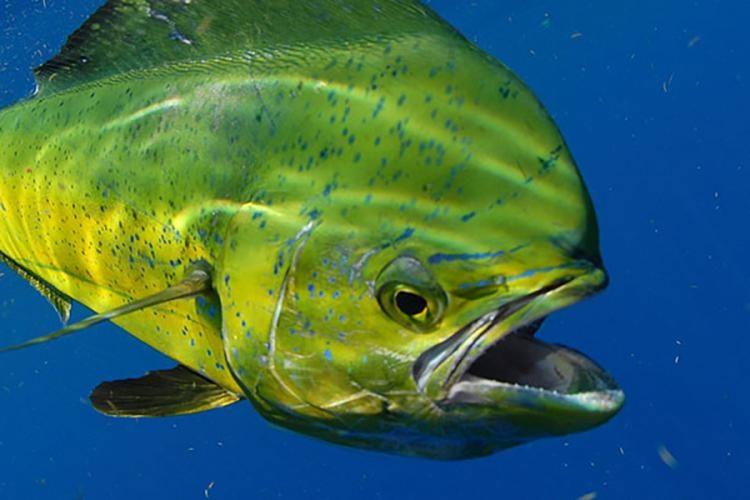



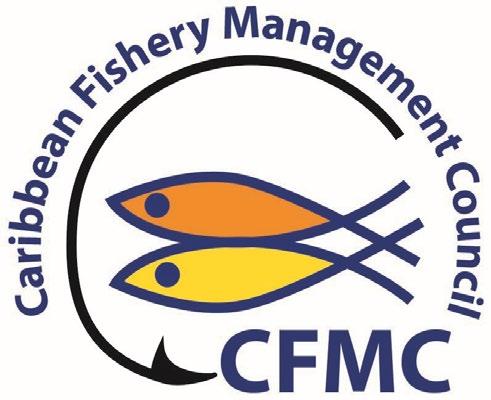
María López-Mercer, NMFS SERO
187th CFMC Meeting
Isla Verde, Puerto Rico
August 12-13, 2025

• Pelagic stocks under each of Puerto Rico, St. Croix, and St. Thomas/St. John FMPs (Island-based FMPs) are new to federal management.
o Puerto Rico FMP: dolphinfish, pompano dolphinfish, wahoo, little tunny, blackfin tuna, king mackerel, cero mackerel, great barracuda, and tripletail
o St. Croix FMP and St. Thomas/St. John FMP: dolphinfish and wahoo
• The Council relied on existing landings data to develop management reference points for pelagic fish included in the FMPs.
• During the reference period of landings used to set reference points, data collection for some stocks may have been less complete, likely missing key temporal and spatial variations in the fisheries.

o The Council used a different approach to setting AMs for pelagic stocks until a more complete understanding of these important fisheries is obtained (e.g. economic and cultural considerations).

Section 303(a)(15) of the MSA requires the FMP to establish a mechanism for specifying annual catch limits (ACLs) at a level that ensures overfishing does not occur in the fishery, including measures to ensure accountability.
Annual Catch Limits
• For pelagic stocks, the ACLs are based on the combined federal and territorial landings reported by Puerto Rico and USVI commercial fishermen.
• ACLs for pelagic stocks first established in 2022 Accountability Measures - Trigger and Application
• The Council established an annual catch target (ACT) that would serve as the AM trigger.
○ If the AM is triggered (i.e., the ACT is exceeded), NMFS and the Council will determine corrective action

○ No corrective actions are identified in the regulations.
There is a need for the Council to specify AM corrective actions when an ACT overage occurs.


• The ACT was established to address uncertainty in the landings of these species, all of which are new to management, and are consistent with the Magnuson-Stevens Act National Standard 1 Guidelines.
• The ACT for each pelagic stock or stock complex serves as a target below the ACL, but provides stability for fisheries that are apt to fluctuate around a target catch rate.
• The ACTs for each pelagic stock/stock complex in all three FMPs were set at 90% of the applicable ACL and serve as the AM trigger.
○ The AM would be triggered if the applicable landings (e.g., sector landings, as available) exceed the applicable ACT for that stock/stock complex.
* Note that for Puerto Rico - when landings for one sector are not available for comparison to that sector's ACL and ACT, the ACL and ACT for the sector with available landings are the ACL and ACT for the stock or stock complex.

Step 1. As soon as landings are available each year, Southeast Regional Office (SERO) staff compares each pelagic stock/stock complex's landings to the applicable ACT.
➔ If landings < ACT, then no corrective action is required.
➔ If landings > ACT, then NMFS notifies the Council of the overage.
Step 2. Although not required by the AM, SERO staff sends a summary memo listing those pelagic stocks with ACT overages to the Southeast Fisheries Science Center (SEFSC) for review.
Step 3. NMFS and the Council discuss and determine appropriate corrective action.


Issue : Need for the Council to specify corrective action when AM is triggered.
• Recent monitoring of pelagic species landings has triggered AMs for some species.
o No corrective action has been taken to date because there are no specific correction actions currently identified in regulations.
• Note that for many of the stocks, both the ACT and the ACL were exceeded, which may emphasize the need to review the use of an ACT as to whether it is serving its purpose.
o Commercial landings of pelagic stocks in Puerto Rico and the USVI are not monitored in-season, only post-season.
o Recreational landings are not currently monitored or reported for federal management.
o Commercial landings experience a one to two year delay in availability for federal management use
• The Council may want to consider removing the ACT and use the ACL as the trigger for the pelagic AM or implementing other management measures that may constrain harvest to the ACT/ACL.
o For instance, NMFS recently implemented new size limits for dolphin and wahoo that may be sufficient to constrain catches to the ACT and/or ACL.


Summary of annual catch monitoring for pelagic stocks that exceeded their ACT and/or ACL since implementation of the island-based FMPs in 2022.
Pelagic Stock (FMP) Year when determination was made Year(s) of landings evaluated

Potential options if the ACT is exceeded
a. If the ACL is not exceeded, then no corrective action is required.
b. If the ACL is exceeded, NMFS implements a corrective action as recommended by the Council.
If corrective action is needed, NMFS would implement a corrective action as recommended by the Council through an amendment to the FMP.
Pros and Cons of NMFS-implemented AM Options
Pros:
• The AM could be implemented following the year(s) of an overage and would define a clear AM corrective measure without further consultation with the CFMC.
Cons:
• Delays in landings limit how quickly an AM can be implemented following an overage.
• Changing corrective actions each year could create confusion among fishers.
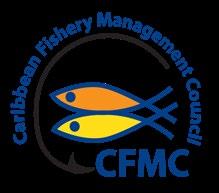
The ACT/ACL monitoring process in place may not serve its purpose for some of these pelagic stocks, based on past monitoring, when both ACTs and ACLs were exceeded. Additionally, there are no real-time commercial landings available or collection of recreational landings by the Marine Recreational Information Program, thus monitoring commercial and recreational landings to the ACT in-season is not possible at this time.


A corrective action could be specified in the AM. The following measures could be considered as a post-season corrective action:
a. Temporary Fishery Closure:
Implement a temporary fishery closure, which could be similar to that established in the process for the Reef Fish AM application (see Island-based FMPs).
Pros and Cons of NMFS-implemented Options
Pros:
• Reduces the rate of harvest in federal waters.
Cons:
• May not have the intended effect due to temporal and spatial variability of pelagic fish.
• Requires territories to adopt compatible regulations to be fully effective.


b. Trip/Bag Limit Adjustments:
Implement or modify existing commercial trip or recreational bag limits.
Pros and Cons of NMFS-implemented Options
Pros:
• A commercial trip limit could slow the rate of harvest.
• A recreational bag limit is already in place for dolphin and wahoo.
Cons:
• For a commercial trip limit or changes to existing recreational bag limits to be effectively implemented will need support from territorial natural resource agencies.
• Establishing a commercial trip limit as an accountability measure action could increase enforcement issues and require additional communication with fishermen.
• Imposing changes in trip limits in-season or from year-to-year will require increased communication with fishers and could create confusion about existing restrictions.


c. Size Limit Adjustments: Implement or modify current size limits for stocks.
Pros and Cons of NMFS-implemented Options
Pros:
• Slows the rate of harvest.
• Size limits were recently implemented for dolphin and wahoo in all islands.
Cons:
• May need support from the territorial natural resource agencies to be fully effective.
• Imposing changes in size limits in-season or from year-to-year will require increased communication with fishers and could create confusion about existing restrictions.
d. Other Measures?


• Gear modifications - for example, use of non-offset circle hooks to decrease discard mortality for small fish released or that shake off before being landed (reference in Merten et al. 2022)
• Would not affect legal landed catch, but reduces mortality for undersized fish.

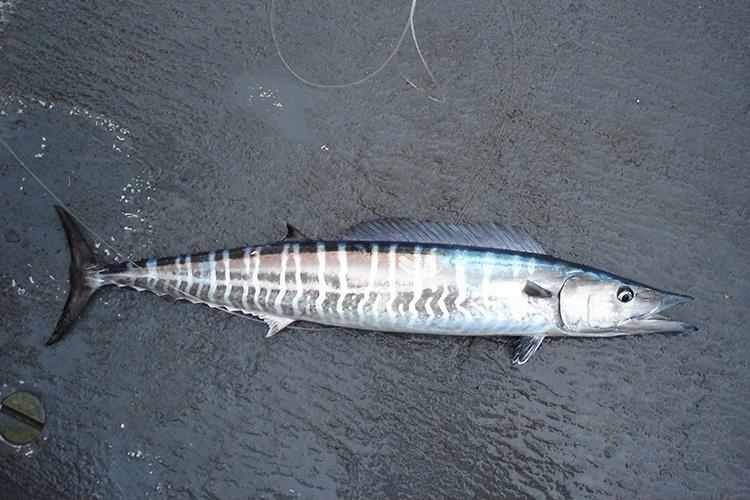
• Discussion of the issue, including input on options presented and others that may be proposed at the meeting.
• Create an Interdisciplinary Planning Team to develop an action to amend pelagic accountability measures in the Island-based FMPs to specify the appropriate corrective action.
• Discuss a timeline for development of the action.


